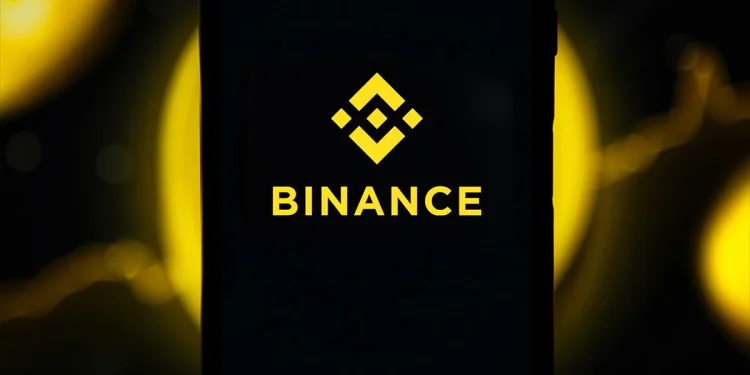- Binance under fire for hiding liquidation data during market meltdown.
- Jeff Yan slams Binance’s opaque liquidation logs amid crypto crash.
- Transparency clash: Hyperliquid shines as Binance faces scrutiny.
- Market chaos reignites trust debate between DEXs and CEXs.
- On-chain clarity vs. filtered data: Binance vs. Hyperliquid showdown.
A renewed debate over exchange transparency has emerged after Jeff Yan challenged Binance’s liquidation reporting practices. The Hyperliquid founder criticized centralized exchanges for allegedly obscuring key trading data during market crashes. His remarks follow recent volatility that triggered massive liquidations across the crypto sector.
Binance Faces Scrutiny Over Liquidation Reporting
Jeff Yan accused Binance of underreporting liquidation activity during periods of market stress. He referenced documentation indicating the exchange only broadcasts one liquidation per second, regardless of actual events. This limitation could conceal thousands of simultaneous liquidations from public view.
Analysts argue such practices create an inaccurate view of market conditions for users. As volatility increases, traders depend on real-time data to assess risks and protect positions. A delay or filter in this data may mislead users about systemic pressures.
Binance has not directly addressed the specific allegation of underreporting. However, it claimed to prioritize user protection during market turmoil. Executives cited internal safeguards and financial commitments aimed at minimizing user losses.
Hyperliquid Promotes On-Chain Transparency
Hyperliquid offers a fully on-chain perpetuals trading platform with public visibility of all activity. Every trade, order, and liquidation is logged on-chain in real time. This structure allows independent verification of all market events.
According to Yan, on-chain execution guarantees fairness by ensuring neutral and complete reporting. He stressed that decentralized infrastructure prevents data manipulation and supports accurate price discovery. Hyperliquid’s design aims to eliminate the blind spots often found on centralized exchanges.
The recent market rout allowed Hyperliquid to demonstrate operational stability and transparency. It reported $50 to $70 billion in trading volume with no system failures. This performance strengthened Yan’s argument for shifting toward transparent, verifiable systems.
Market Turmoil Fuels Platform Debate
The Oct. 10–11 crash wiped out over $19 billion in leveraged positions as Bitcoin dropped sharply. Over 1.6 million traders faced liquidation events, many within seconds. Aggregators like CoinGlass showed over $1 billion in liquidations, though DEX data suggested higher real-time volumes.
Binance experienced technical issues that blocked some users from closing positions. These problems prompted widespread complaints and reignited trust concerns. Many users claimed the delays increased their losses amid the cascading sell-off.
Although Binance later emphasized its contributions to user protection, criticisms about transparency remained. Yan’s comments have focused attention on the differing philosophies of centralized and decentralized systems. The debate now centers on whether on-chain models will define future trading standards.

















